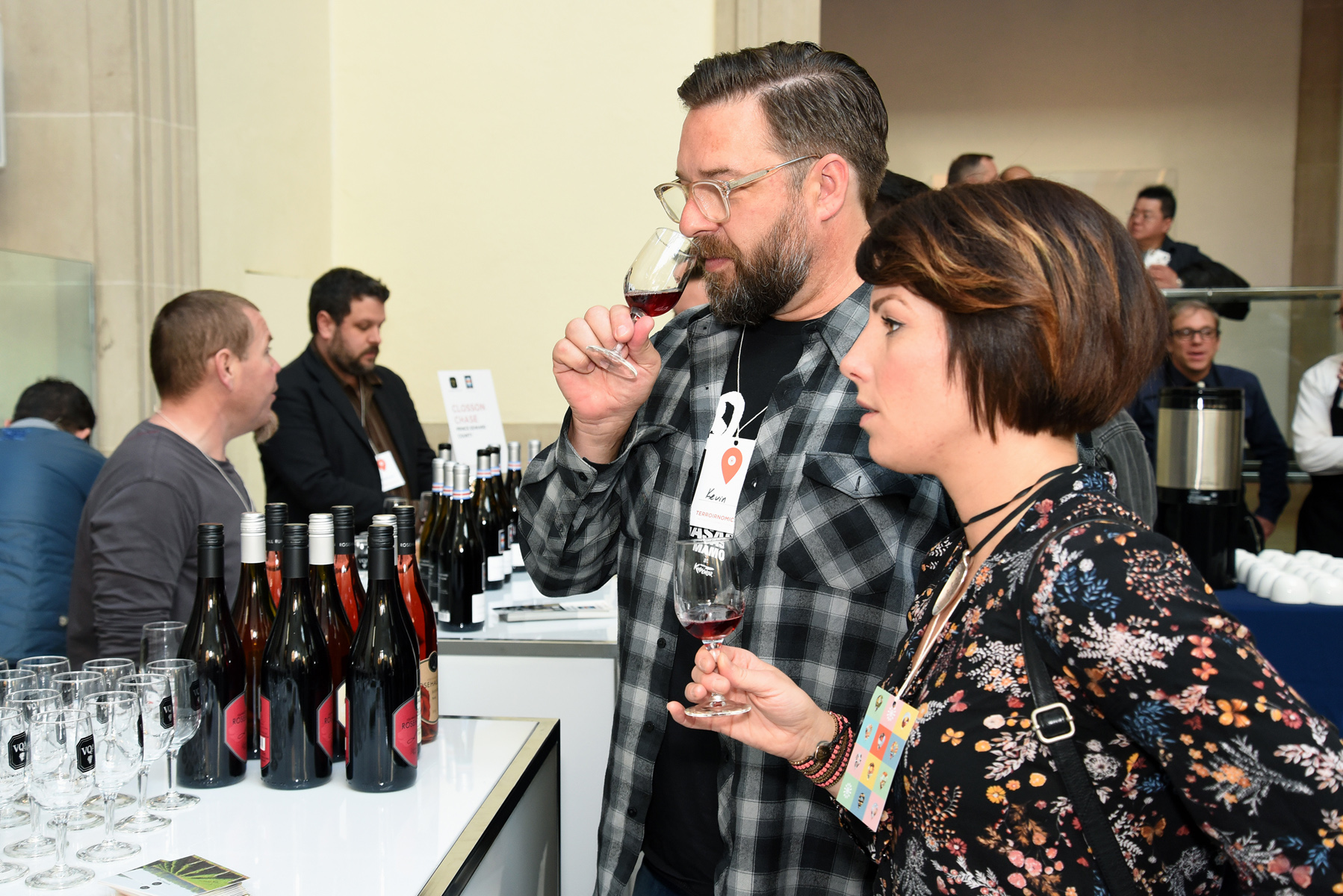SKIFT TAKE
Zero-waste is the food world’s latest favorite catchphrase, but only a few restaurateurs are turning the trend into sustainable profits. — Jennifer Parker
By Jennifer Parker, Skift Table
April 25, 2018
For the uninitiated, here’s the rub: Globally, industrial agriculture processes and landfills full of discarded food account for roughly one quarter of all manmade greenhouse gases. That’s more than the entire transportation sector, which means what’s on your plate impacts the environment more than the car you drive.
Chef Douglas McMaster pioneered the zero waste trend in 2014 with the opening of Silo in Brighton, now coupled by his latest fine-dining venture Cub in London. In Brooklyn, Danish chef Mads Refslund, cofounder of Noma, is also picking up the torch with his soon-to-open eatery Fire and Ice. But the zero waste appeal is perhaps most fully and viscerally experienced at Amass in Copenhagen, where chef Matt Orlando and his tight-knit, 20-person staff have been quietly refining renewable techniques since 2013.
“Zero waste is talked about a lot, but 90 percent of it is all talk and no show. I didn’t want to be that restaurant,” says Orlando, a tattooed, rebel skateboarder from California who worked at Noma as a sous chef and then later as chef de cuisine, a position held for three years, before opening Amass in the industrial harbor neighborhood known as Refshaleøen. The 64-seat warehouse-style dining room suits Orlando’s aesthetic, with a freewheeling vibe, bold street art canvassing concrete walls, and a spare smattering of jet black modern furniture.
But the beating heart of the restaurant is actually just outside, where a small farm and garden play host to nightly bonfires, lit in celebration of produce unwasted in the making of the restaurant’s 10-course Nordic tasting menu.
At Amass, dishes such as salted Zander fish, dry-aged beef, and fermented potato bread are so delicious and well-presented that customers likely leave completely unaware of the assembly-line efficiency and specialty organic farm production that made the meal possible.
NO-WASTE ECONOMICS
A regular fine dining restaurant and a true zero-waste business share the same basic main costs: rent, staff salaries, utilities, and product. But the latter operates under the mandate of lowering carbon emissions in every way possible. This typically involves lowering electricity usage, recycling water, and adopting “nose to tail” cooking methods.
At Amass, staff members take these practices to the extreme. The staff makes do with minimal refrigerator space, source produce from local organic farms, and turn what others call waste — skins, seeds, and stems — into dried seasonings, misos, or crisps. The team has also mastered meat aging and fermenting techniques, which are a hallmark of Danish cooking and essentially produce more meals from less food.
But while operating a zero-waste restaurant sounds altruistic, upfront costs can be daunting. For example, to open Amass, Orlando needed a higher-than-average headcount, because of the extra steps involved in zero-waste cooking. Luckily, other expenses can quickly turn into savings. For example, Orlando bought eight $250 dehydrators to ensure food byproducts would be dried and used, instead of taking up dead space. “A 15-gallon container, when processed via lactic fermentation or ground into a powder, becomes less than one quart of product,” said Orlando, clearly eager to see others in the industry test his methods, which he insists can deliver a return on investment.
“We were always profitable because of lower food costs,” says Orlando of his five-year-old restaurant. An average fine dining operation runs a 30 to 35 percent food cost in its budget, whereas Amass spends only 18 percent of its budget on food.
Still, it’s certainly not a cake walk. In order for Amass to break even, it must take in 335,000 kroner ($56,000 USD) per week, by charging $163 per person for each pre-fixe menu. And of course, the restaurant industry is cyclical, and littered with finicky customers.























